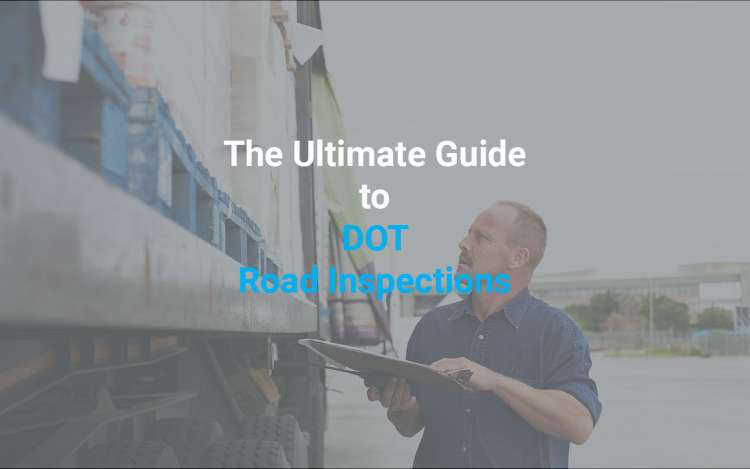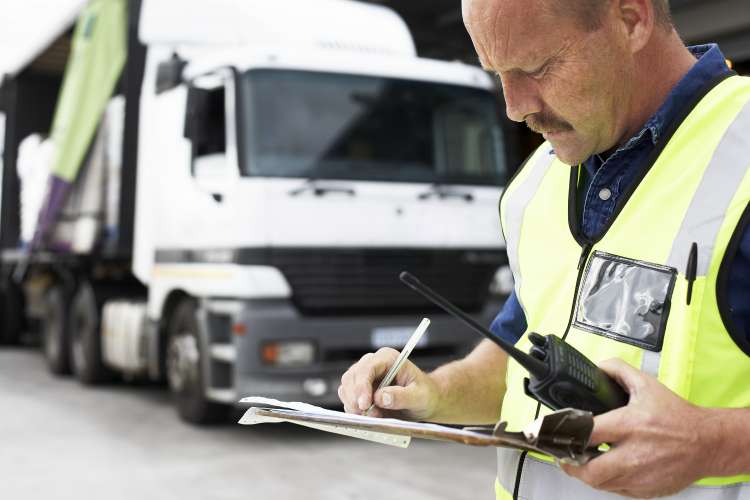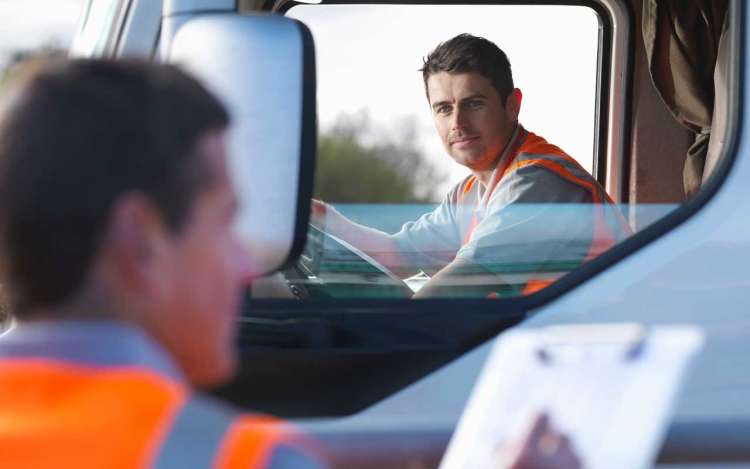Roadside Inspection Guide
Every year, roughly 4 million commercial motor vehicles in North America will go through a roadside inspection process. The objective of such inspections is to ensure that commercial trucks and buses are operating safely on highways and roads across the U.S., Canada, and Mexico. This year's roadside inspection event will take place May 16 - 18, 2023.
The North American roadside inspection program was created by the Commercial Vehicle Safety Alliance (CVSA), which is a non-profit organization comprised of local, state, provincial, territorial, and federal safety officials. To emphasize its program, each year the organization designates an International Roadcheck — a three-day event during which CVSA-certified inspectors check to ensure compliance and conduct enforcement. According to the CVSA, during the International Roadcheck, nearly 15 trucks or buses will be inspected every minute for the 72-hour period.
During the International Roadcheck, law enforcement officers will focus on lights and hours of service (HOS).
What Happens During a Roadside Inspection?
During an inspection, certified inspectors will review driver and motor carrier credentials, tires, and a host of mechanical components and systems, such as brakes, exhaust, and fuel systems. There are a number of items and conditions that can result in the placement of vehicles and/or drivers out of service. Inspectors will be looking for critical violations, which can be found in the North American Standard Out-of-Service Criteria. If driver and/or vehicle violations are found, the driver and/or vehicle will be placed out of service.
During the 2022 International Roadcheck, 6.4% of drivers were placed out of service becaues of a HOS violation — the top reason for being placed out of service. On the vehicle side, 22.8% of vehicles were placed out of service.
What Are the CVSA Inspection Levels?
The inspection program has 8 distinct levels:
- Level I: A 37-part procedure that involves inspection of driver and fleet credentials, hours of service logs, the mechanical condition of the vehicle, and any hazardous materials or dangerous goods that may be present.
- Level II: An inspection of the driver and fleet credentials, plus a walk around the vehicle, examining items that can be checked without getting under the vehicle.
- Level III: A driver-only inspection that includes examination of the driver's credentials and documents.
- Level IV: A special inspection, which is a one-time examination of a particular item. These examinations are normally made in support of a study or to verify or refute a suspected trend.
- Level V: A vehicle-only inspection, which may be performed without a driver present at any location.
- Level VI: A specialized inspection of transuranic waste (unstable chemical elements) and quantities of radioactive material.
- Level VII: An inspection mandated by a particular jurisdiction.
- Level VIII: An inspection conducted electronically or wirelessly while the vehicle is in motion, without direct interaction with an inspector.
What Causes a Vehicle or Driver to be Placed Out of Service?
Critical items associated with the following systems, devices, components, items, or parts can result in the commercial vehicle being placed out of service:
- Brake systems
- Cargo securement
- Coupling devices
- Driveline/driveshaft
- Driver's seat (missing)
- Exhaust systems
- Frames
- Fuel systems
- Lighting devices (headlamps, tail lamps, stop lamps, turn signals, and lamps/flags on projecting loads)
- Steering mechanisms
- Suspensions
- Tires
- Van and open-top trailer bodies
- Wheels, rims, and hubs
- Windshield wipers
Drivers can also be placed out of service if operating without the proper driver credentials, in possession of drugs or alcohol, or in violation of hours of service rules.
How Often Will I Be Inspected?
Vehicles that successfully pass inspection after a completed Level I or Level V inspection — without any critical violation — should receive a 3-month CVSA decal. In general, vehicles with a CVSA decal are not re-inspected during the period in which the decal is in effect.
We Cab Help You Pass Inspection
Always be at the ready for surprise and planned inspections with our fleet management technology. Keep in touch with drivers about scheduled maintenance to avoid breakdowns and costly violations, and monitor DVIRs. Contact our team today to see which solution is best for your fleet.
Contact Rand McNally
Request Pricing for Fleet Solutions
We're looking forward to talking with you. Please fill out the form to get started.
Or call us:
+1 (800) 789-6277 (Fleet management, ELD, Asset tracking, Navigation)
+1 (800) 234-4069 x2 (MileMaker/IntelliRoute)
If you are an existing customer and need assistance, please contact your Client Success rep or email fleetsupport@randmcnally.com.
This form is for business-to-business transactions only. It is not for personal consumer use.


